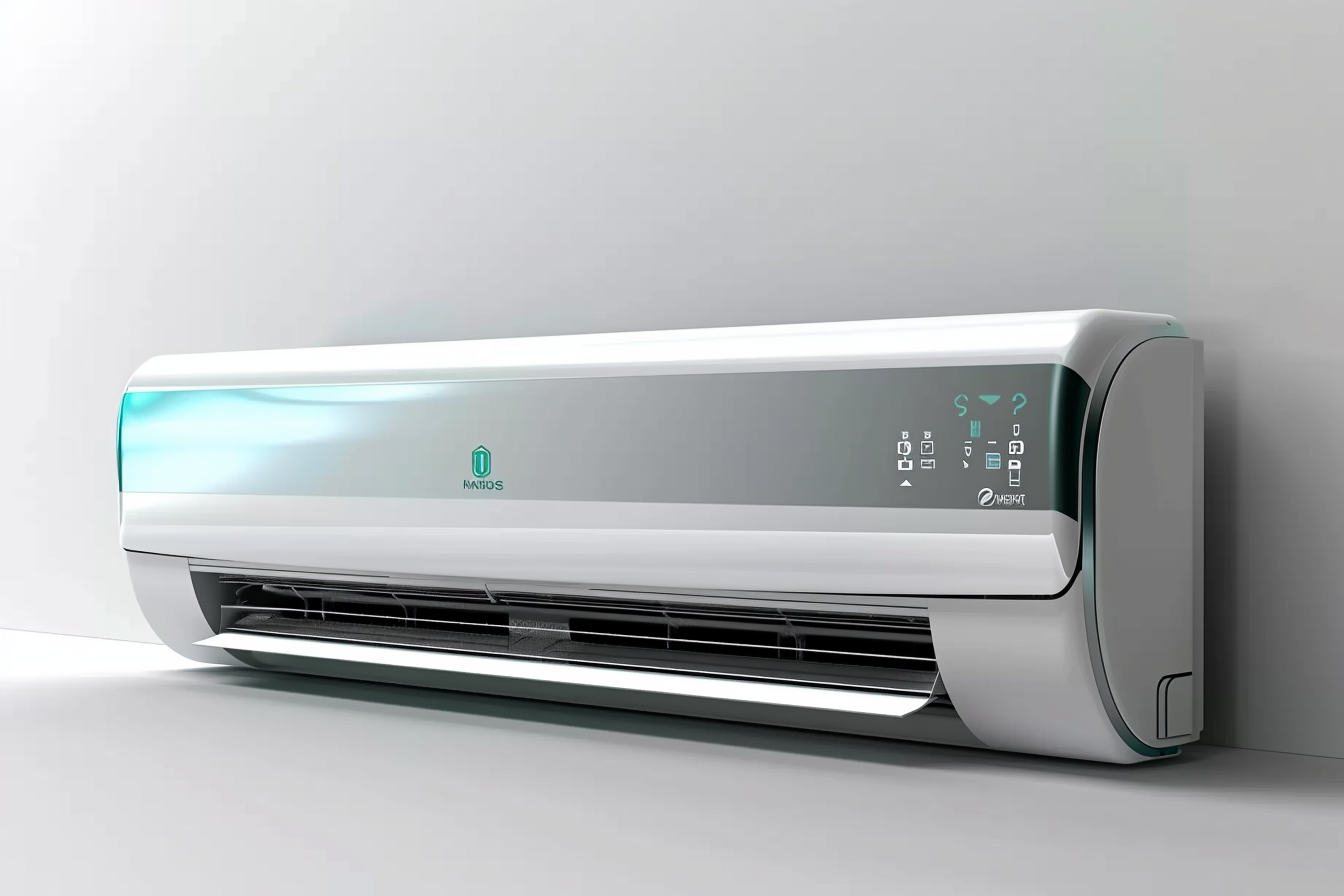Smarter Air Conditioning: Your Ultimate Guide to Ductless Cooling Systems
Ductless air conditioning systems, also known as mini-split systems, represent a revolutionary approach to home cooling that eliminates the need for traditional ductwork. These systems combine energy efficiency with precise temperature control, making them an increasingly popular choice for modern homes and renovations. As cooling technology evolves, understanding these systems becomes crucial for homeowners looking to upgrade their comfort while reducing energy costs.

What to Know Before You Upgrade Your Cooling System
A ductless cooling system consists of an outdoor compressor unit connected to one or more indoor air-handling units. Unlike central air conditioning, these systems don’t require extensive ductwork, making them ideal for older homes, additions, or spaces where installing ducts would be impractical. Installation typically involves only a small hole in the wall for the connecting conduit, minimizing structural impact and preserving your home’s aesthetic appeal.
Understanding Smart Thermostat Integration and Controls
Modern ductless systems offer advanced control capabilities that extend well beyond basic temperature adjustment. Many units now feature Wi-Fi connectivity, allowing homeowners to manage their cooling system through smartphone apps. These smart controls enable programming schedules, zone-specific temperature management, and even integration with home automation systems. Remote access means you can adjust your home’s temperature before arriving, ensuring optimal comfort while maximizing energy savings.
Energy-Efficient Features That Lower Utility Bills
Ductless systems excel in energy efficiency through several innovative features:
-
Variable-speed compressors that adjust output based on cooling demands
-
Individual zone control that prevents unnecessary cooling of unused spaces
-
No energy loss through ductwork, which can account for up to 30% of energy consumption in traditional systems
-
Advanced filtration systems that maintain optimal airflow and system efficiency
| Feature | Energy Impact | Potential Annual Savings |
|---|---|---|
| Zone Control | 20-30% reduction in usage | $300-$400 |
| No Duct Losses | Up to 30% efficiency gain | $200-$350 |
| Variable Speed Operation | 25-40% energy reduction | $250-$500 |
| Smart Controls | 10-15% additional savings | $100-$200 |
Prices, rates, or cost estimates mentioned in this article are based on the latest available information but may change over time. Independent research is advised before making financial decisions.
Installation and Maintenance Considerations
Professional installation is crucial for optimal performance and warranty protection. While initial costs may be higher than traditional window units, the long-term benefits often justify the investment. Regular maintenance is straightforward, primarily involving filter cleaning and occasional professional check-ups to ensure peak efficiency.
Making the Switch to Ductless Cooling
Transitioning to a ductless system requires careful planning and consideration of your specific needs. Key factors include:
-
Home size and layout
-
Number of zones needed
-
Local climate conditions
-
Existing insulation quality
-
Available electrical capacity
-
Local building codes and permits
The flexibility and efficiency of ductless systems make them an excellent choice for both new construction and retrofitting existing homes. While the initial investment may be higher than traditional cooling solutions, the combination of energy savings, improved comfort, and smart control capabilities offers compelling long-term value for homeowners seeking modern cooling solutions.




